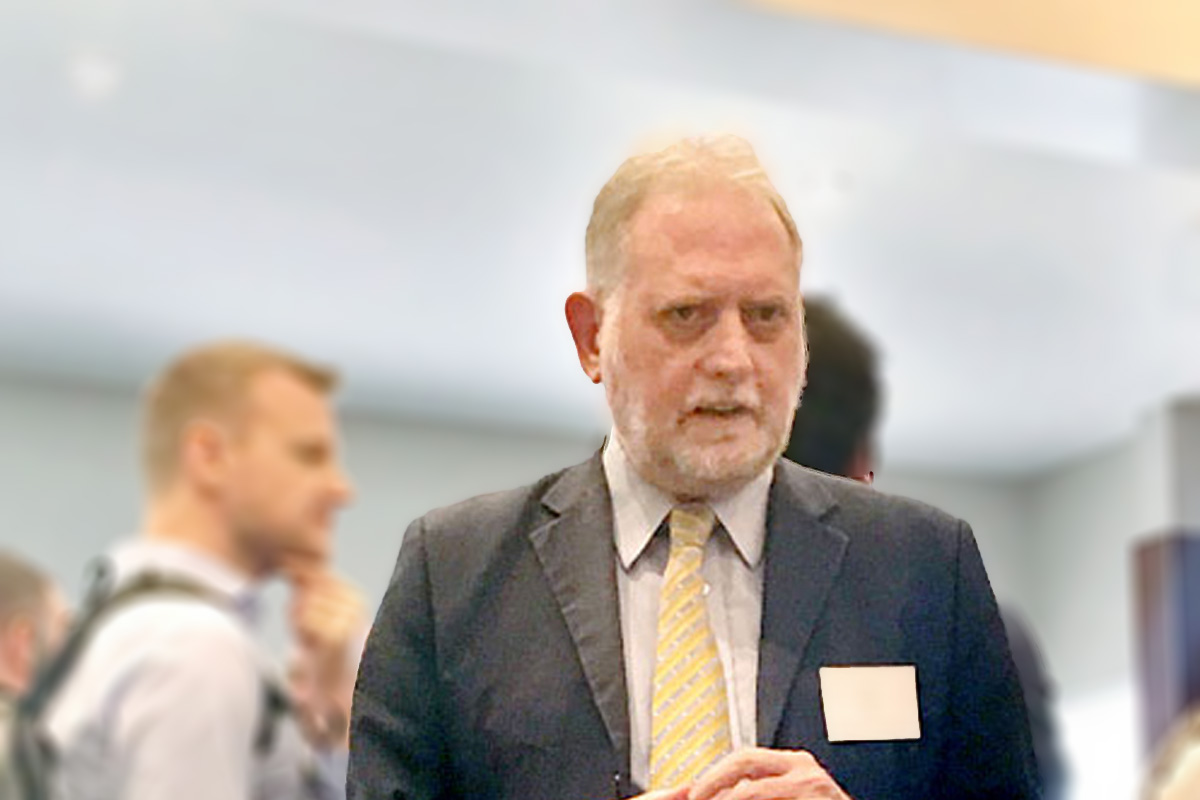As a substantial player in the agricultural space, New Zealand lurches from issues with droughts to floods to kiwifruit vine disease, the ever present danger of importing fruit flies to the proclivities of the global price for milk solids that has seen the Fonterra forecast payout per kilogramme of milk solids drop to a jarring $4.50, resulting is a $7 billion hit to the NZ economy.
We have seen the challenges posed by the RMA when it comes to securing consents for fish farming, which means that New Zealand has very little prospect of emulating places like Scotland who is a serious and substantial player in the salmon farming market.
While agriculture plays an important part in our economy and has a major impact when things go bad for it, there is little prospect of growing a high value future for New Zealand on the back of agriculture. IT has been touted as the next great hope and you can see the attractiveness of it, there is no requirement for significant infrastructure, it’s mostly grown from a few individuals using their skills and knowledge, and the market is expanding with low barriers to entry.
However competition to develop that elusive winning application or service is high and when they do emerge, they often get scooped up by offshore interests and being highly portable, typically move overseas. Of course there is always tourism which does bring in foreign currency but relies on low paid labour which provides little prospects for a high value future.
But all is not doom and gloom, New Zealand also has a significant manufacturing sector, particularly in the metals area though typically characterised by small-to-medium sized companies, and it is this sector that holds the best prospect for growing a future for the country.
There are a few reasons for this; Firstly, many of these businesses have been long established and have strong roots in their communities, with many of them being in regional rather than metropolitan locations.
Secondly, the fact that they have operated for a long time means they are successful having built up a technology base, the assets that are part of that and the skills to go with it. They have cash flow and the isolation of New Zealand geographically has meant that innovation has been a necessity rather than a nice to have.
These companies grew up meeting the needs of New Zealand, working hand in glove with customers to come up with solution to their problems. In contemporary language, ‘lead user innovation.’ Much of this innovation occurred in a ‘business as usual’ context with the companies involved moving on to the next challenge and often not even recognising what they had achieved.
Globalisation, and the rise of cheap suppliers often strongly supported by their governments, has seen the domestic market change. Customers now look for an off-the-shelf solution where price is usually a big factor, thereby precluding the opportunity for lead user innovation which in today’s market means that an important driver of innovation is lacking. And without that driver, the industry-demonstrated solutions which could constitute a product for local manufacturers to take to the global market is also missing.
Increasingly, industry has to be innovative in another way with the establishment of programmes like the Above Ground Geothermal and Allied Technologies (AGGAT) programme that connects market opportunities to companies, and the research to provide support for developing technologies which can be demonstrated here but are aimed at export markets.
The programme, which is an industry initiative developed by HERA, brings together researchers, end users, manufacturers and suppliers in a co-operative strategy built on a solid science base, which is co-funded by the Ministry for Business Industry and Employment (MBIE).
The AGGAT programme articulates well with New Zealand’s geothermal heritage and reputation, and builds on the base provided by the 78 companies working in this field in the country. The Geothermal World Congress (GWC) is held every five years and was co-hosted by Australia and New Zealand this year. While the main conference was in Melbourne, many international delegates came to New Zealand for the post-WGC events, one of which was the inaugural AGGAT Global Conference, which was held at the SkyCity Convention Centre, showcasing what industry and research has achieved in New Zealand.
If there is one thing that is missing in making sure that programmes like AGGAT maximise the opportunities and successes for industry, it is a lack of true joined up thinking and action. As a small country there is no excuse for industry and government and related entities to not be aligned and working in concert but this is a constant challenge which must be overcome if we are to grow a viable high value future for New Zealand.

